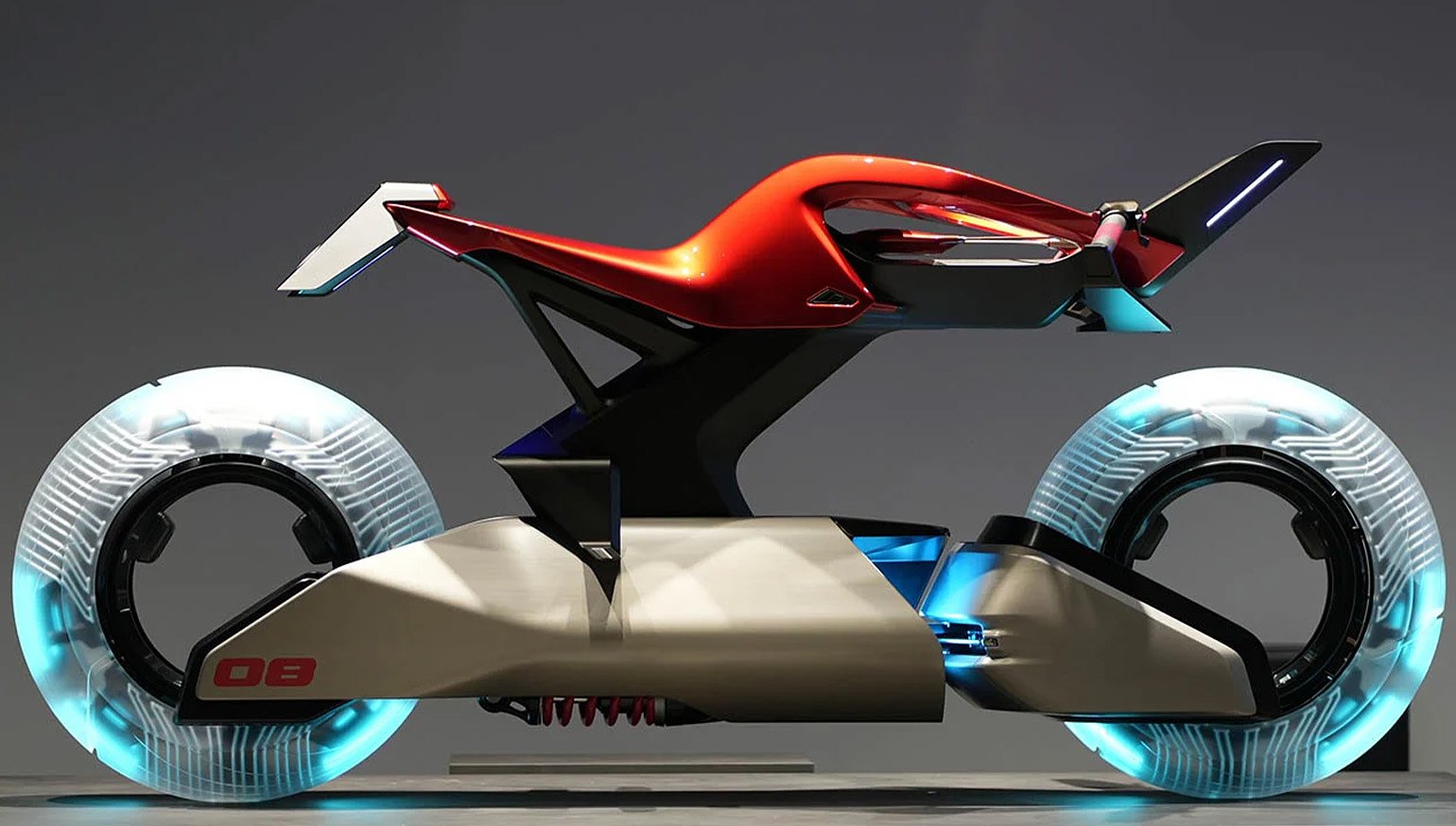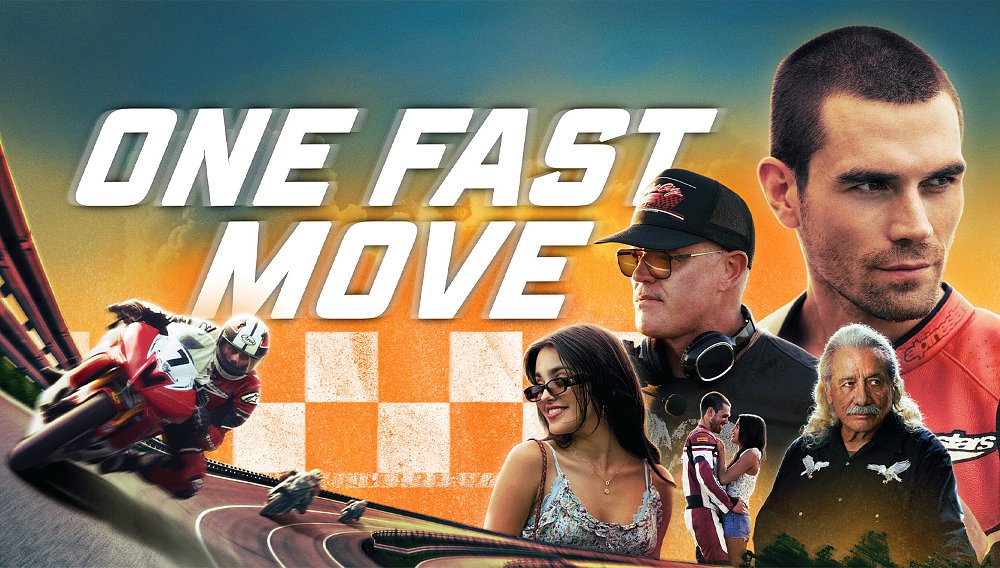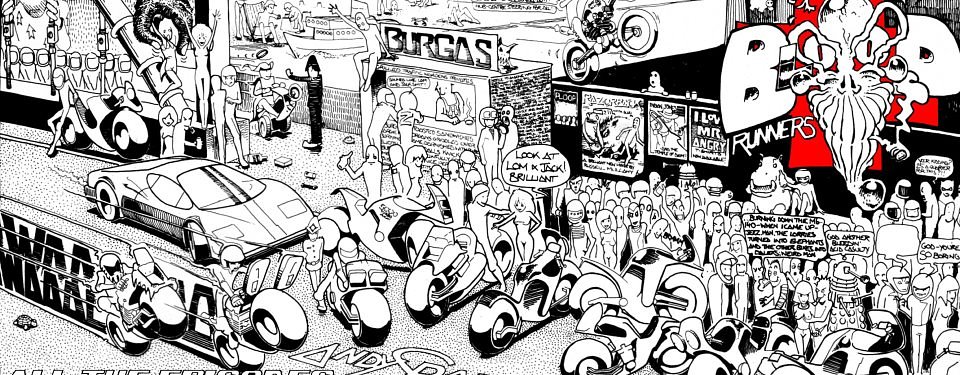Imagine living in a society where everyone’s location data is shared and tracked. A city where all vehicles are autonomous. A place where artificial intelligence controls all traffic.
You’re probably wondering, “How do motorcycles fit into this world?” The short answer is: They don’t.
This is the premise of Netflix’s latest anime series, "Tokyo Override." To help envision motorcycling in such a synchronized society, the show creators turned to the engineers and designers at Yamaha. The partnership not only cast existing Yamaha models in the animated series but also gave birth to the uber-futuristic Y/AI concept.
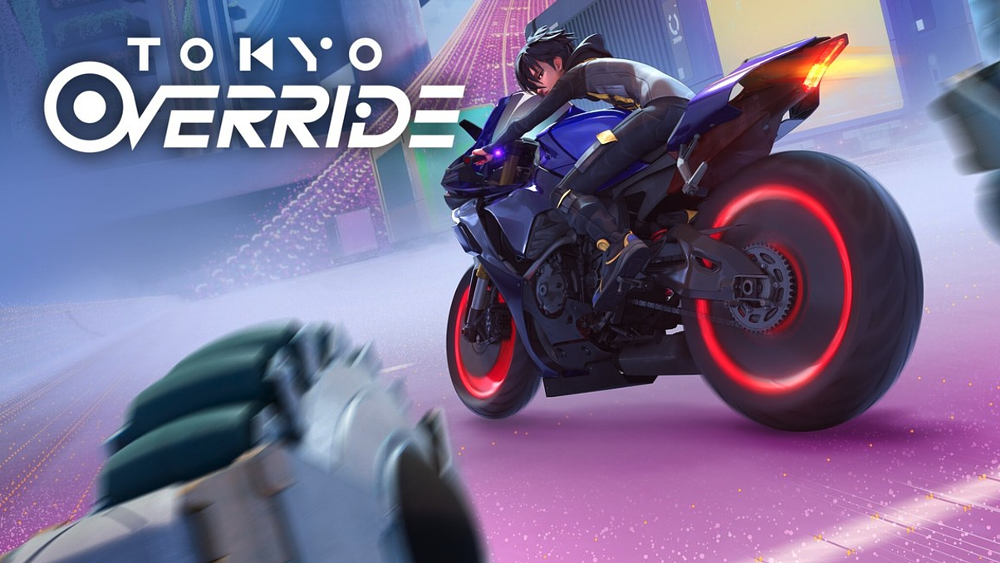
But, before we dive into Team Blue’s vision of motorcycling in the 22nd century, it’s worth examining the world that would produce such a machine.
In a world ruled by AI…
Set 100 years in the future, "Tokyo Override" imagines Japan’s capital city as a “post-scarcity” society. Tokyoites receive a universal basic income. People don’t walk the streets, they float on hover discs, instead. Even takeout ramen is delivered by AI-piloted drones. It may look like a utopia on the surface, but to enjoy such conveniences, residents must also sacrifice their privacy.
Each citizen wears a digital tag that enables Traceability, a location-sharing system, to track the population’s movements. This also allows authorities to control which inhabitants enter Tokyo’s three sections (East, West, and Mid). Monitoring the entry of each gateway is an invisible digital barrier referred to as “The Wall.” When unauthorized automobiles (or occupants) enter a restricted area, “The Wall” automatically shuts down the violating vehicle. That’s where our protagonists — and motorcycles — come in.
Mid-way through the pilot episode, Kai (the main character) crosses paths with Hugo, Watari, and Spoke. Known as the Suma Garage crew, the trio conducts underground delivery services. (In this digital-fascist society, that includes transporting a heart for a transplant operation.) Completing those jobs necessitates the use of “old” motorcycles (old to them, not to us), as “The Wall” can’t remotely shutdown vehicles powered by internal combustion engines.
While all other vehicles on Tokyo’s grid are essentially “on rails,” motorcycles allow you to “charge forward on a path that you personally chose,” according to Hugo. That’s evident throughout the series, as Kai and the Suma Garage crew subvert, challenge, and defy the status quo at every turn. Their two-wheeled rebellion is but one form of motorcycling in this timeline, though.
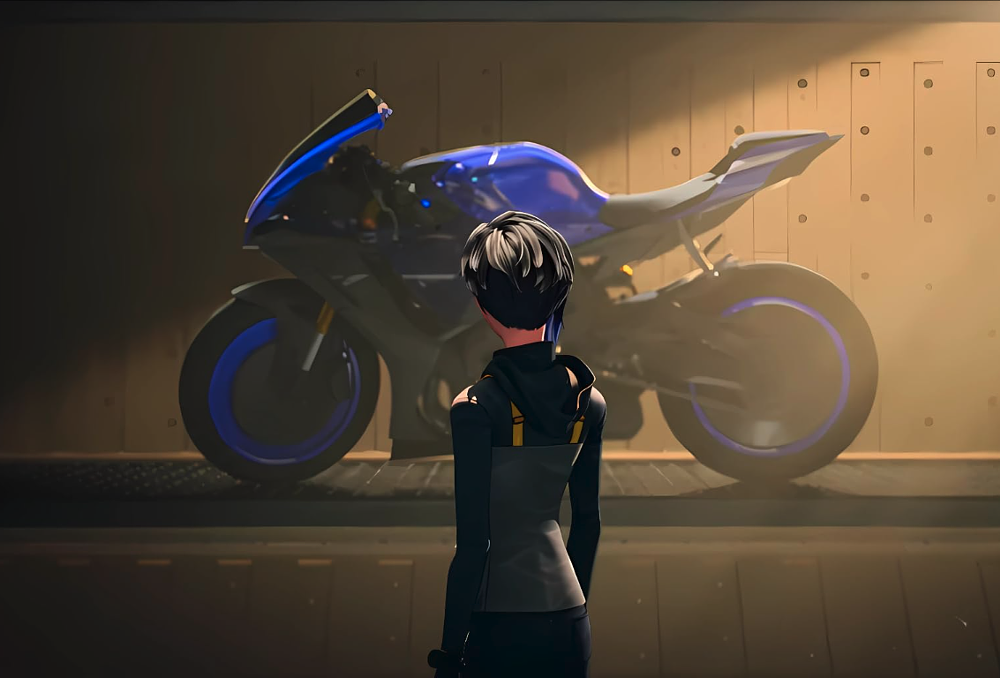
Warp Grand Prix
By the third episode, the showrunners weave Grand Prix motorcycle racing, namely Warp Grand Prix, into the plot. As the MotoGP of the future, Warp GP still pits human riders against one another, but AI-piloted motorbikes also vie for victory. With so many avant-garde designs on the grid, Netflix needed the supporting character, Amarin, to ride something truly eye-catching. Enter Yamaha and its Y/AI concept.
Team Blue didn’t develop its design in a vacuum. The team compiled a 400-page “bible” that chronicles the theoretical evolution of mobility over the next century. That exercise explains why the race machine mixes elements of cyberpunk science fiction with futuristic vehicle design. For one, the Y/AI doesn’t sport a front fairing. Instead, two antler-like prongs use plasma discharge to emit an invisible bubble in front of the bike, directing oncoming air away from the rider.
The battery-powered race bike also touts tires inflated by magnetic force (see glowing pods inside tires) and a hopping mechanism that catapults the rider over jumps on the racetrack. Of course, artificial intelligence is at the core of the Y/AI, with onboard systems identifying hazards and assisting the rider with escape routes.
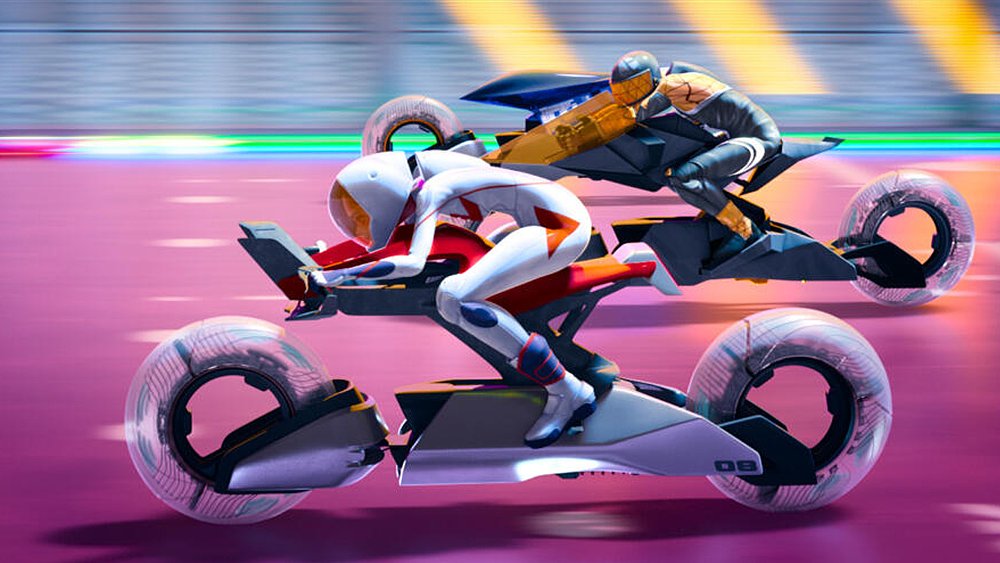
Yamaha didn’t restrict its efforts to the digital realm, either. The Japanese marque also built a full-sized Y/AI model for this year’s Thailand International Motor Expo. It remained on display throughout the duration of the show, which lasted from November 29 through December 10. While it was, by no means, operational, the prototype is a testament to Yamaha’s pride in the project. And, they should be proud. It’s a compelling vision of the future. But more than anything, the motorcycles of "Tokyo Override" comment on our day and age.

Contemporary commentary
All period pieces — whether set in the past or the future — are actually reflections of the current day. That’s the case with "Tokyo Override," as well. Each citizen is tagged and tracked by a watch-like device affixed to their wrist. Can you say Apple Watch or Samsung Watch? (Insert favorite wearable here.) Most people get around in fully autonomous rideshare vehicles. Waymo already does that today. All vehicles also communicate with each other. Does that sound like vehicle-to-vehicle (V2V) or vehicle-to-everything (V2X) technology to anyone else?
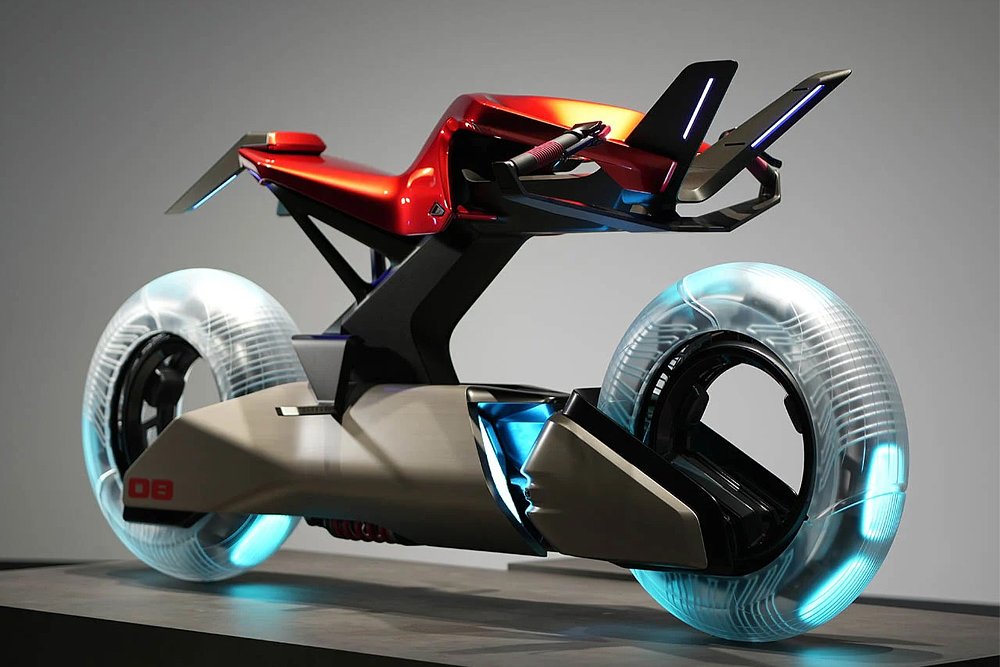
If the creators of "Tokyo Override" drove one message home, it’s that a motorcyclist’s mere existence is an act of rebellion in this society. In a world run by automation, it represents the freedom to choose your own way forward. To a lesser degree, that’s also true of today. With advanced driving/riding assistance systems becoming more sophisticated (and more intrusive) by the year, motorcycling moves further to fringe. AI may not control all traffic yet, but whether it be present day or the dawn of the 22nd century, motorcycles will remain a non-conformist form of both transportation and self-expression.




